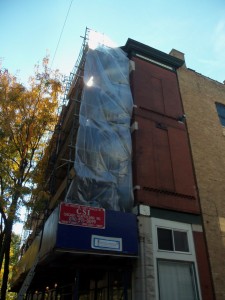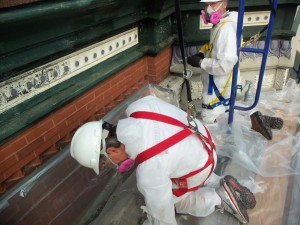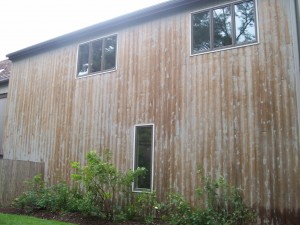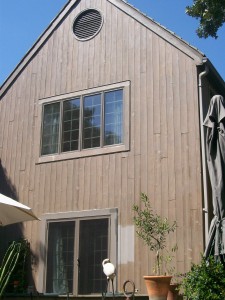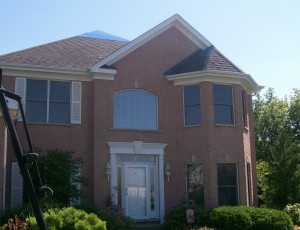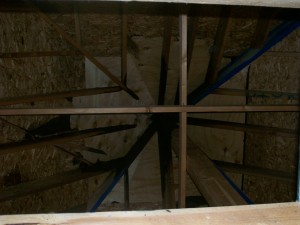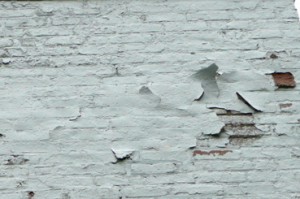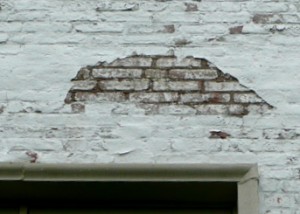Getting this old barn ready for resale required a serious dose of restoration to its cedar siding and its coating. As Chicago’s experts in the nurturing of old buildings, this new client called on us to help her in getting her 9-acre property ready for resale. Having now raised her family and lost her husband several years earlier, she was now ready to let go of her beloved property in the rolling meadows of Barrington Hills.
Our client’s immediate concern was for her eighty-year-old barn. She felt badly that her 8-horse barn had been so neglected over the years. It now looked like a liability – a problem that a future owner would have to deal with. Many boards had cracked, warped and decayed. The coating on the siding also showed extensive peeling. Her need was for us to help transform the barn from a liability into an asset in the eyes of a future owner.
The restoration of the barn involved extensive scraping of the failing coating. It also involved a mixture of wood replacement, epoxy restoration and caulking to arrest or reverse the damage to the cedar siding. In one corner of the barn, water had been infiltrating into the barn and ruining the drywall in a front room. We used cold asphalt to fill a wide space between the driveway and the barn’s siding. We then replaced the damaged drywall with cement board to minimize the effect of any possible future water intrusion. Over one hundred hours were invested in the restoration part of the work, including the carpentry.
As historical restoration experts, we believe that old buildings have intrinsic value and are worth preserving, often time because of the materials used and the craftsmanship involved in the construction. This old barn was a good example of that. The barn’s inside was clad with 12×2 planks arranged horizontally. The exterior was clad in 12×1 cedar vertical planks and 2×1 boards to cover the gaps between the planks. For a future owner interested in having horses on their property, the barn is now a true asset!







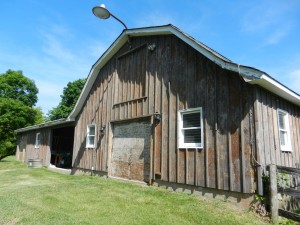

 Follow
Follow

